Hoya plants have waxy green foliages with scented flowers. The stunning appearances enable the houseplant to bring exotic tropical vibes to every type of décor. Most hoya varieties make excellent beginner plants despite being difficult to grow and maintain.
My favorite hoya types are hoya carnosa, hoya kerrii, hoya australis, hoya tricolor, and hoya fitchii. These rare hoya varieties can tolerate varying indoor conditions. Thanks to the stiff and sculptural profile that enhances their endurance level.
Keep reading this hoya collection list to enhance easy identification. You’ll be able to identify fast-growing hoya varieties ideal for beginners. It would be best to note that most hoya species thrive under bright indirect sunlight, warmth, and well-draining soil.
You May Also Like: How to Care for Anthurium Plants
Hoya Types with Names and Pictures for Identification
Hoya Carnosa

It is among the rare hoya varieties in the market. The plant comes with plain, variegated, and crinkled leaves. The blooms are highly scented and long-lasting than other hoya cultivars.
The indoor plant is hardy and versatile due to its tolerance to moderate humidity and low light indoor conditions. It is the perfect choice for growing in a hanging basket.
The carnosa came into existence around 1770 with hundreds of cultivars. My favorite carnosa cultivars are Chelsea, Exotica, Grey Ghost, Tr-Color, and Krimson Princes.
Hoya Publicalyx
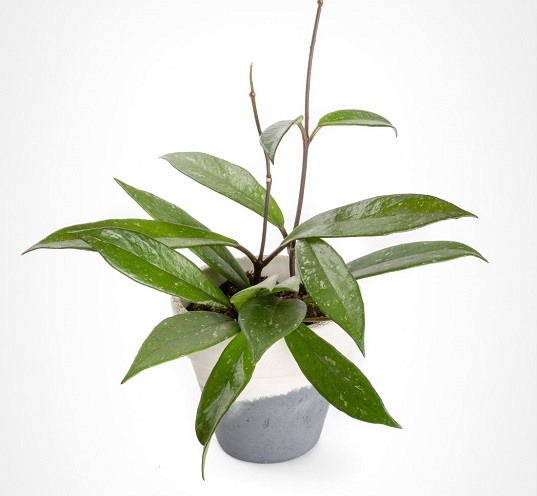
It is the most affordable on the hoya varieties chart. The publicalyx tend to bloom in a cluster of 30 small and fuzzy flowers. The scented blooms can last up to two weeks (14 days).
The hoya species is a hardy twining plant that can trail. It is not a perfect choice for growing near other indoor plants due to its winding nature.
It is also among fast-growing hoya varieties due to its ease of propagation. Most publicalyx cultivars come with flower colors ranging from black to deep red to light pink.
The pink silver with white variegation is my favorite cultivar. It can tolerate low light and indoor humidity dynamics. It is the best option for growing in the living lounge and offices.
Hoya Australis
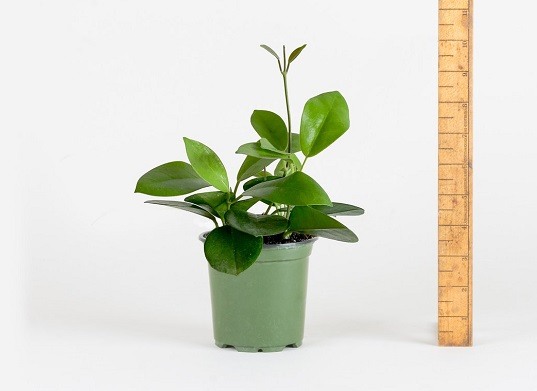
The species is also known as Waxvine or Waxflowers. The climbing stems and broad glossy leaves bring exotic tropical vibes that match any décor.
The white flowers with a red accent produce pleasant spicy fragrances. Besides that, the species is grouped among fast-growing hoya varieties.
This evergreen vine is native to Australia and grows up to 30 feet long. Bright indirect sunlight results in gold tint leaves, and low light causes leaf darkening.
The hoya species tend to bloom throughout the year. It comes in several cultivars such as Variegata, rupicola, and Lisa.
You May Also Read: How to Care for Mother of Thousands
Hoya Bella
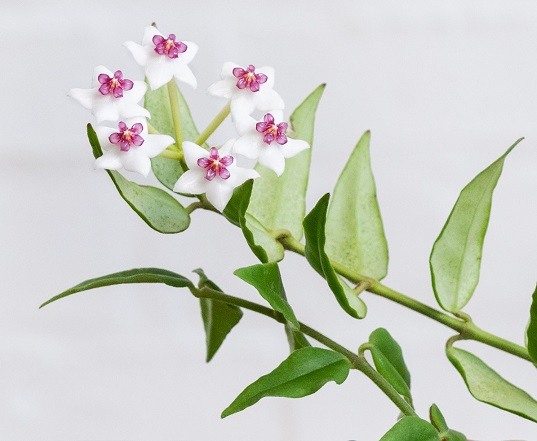
Another species among fast-growing hoya varieties with pointed elliptical leaves deeply indented along the center veins. Its blooms have white colors with red or pink highlights in star-shaped clusters.
Bella species is the most demanding hoya to grow and maintain. It requires light, bark substrate, and slightly moist potting media. Besides that, it is more vulnerable to spider mites and thrips.
But hoya Bella has gradually increased in many American homes due to their affordability and availability in the market. Bella species is the best choice for experienced plant owners.
Hoya Kentiana
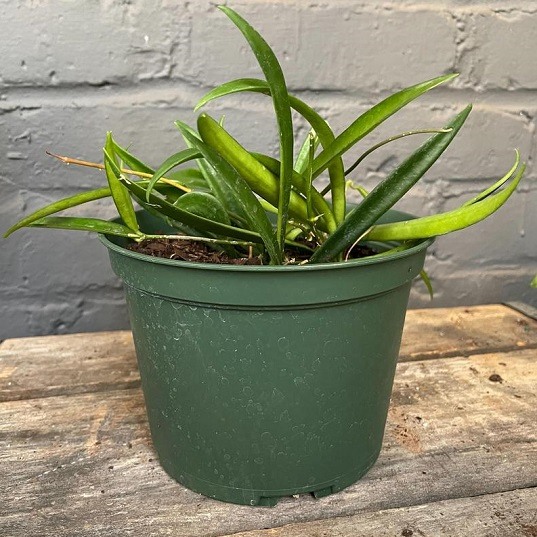
Most houseplant enthusiasts keep hoya kentiana due to its beautiful foliages. This buoyant indoor plant is ideal for hanging baskets. The bustling crops of long and lance-shaped leaves mark a bold statement.
The waxy foliages with attractive dark edges make the hoya species adorable. Besides that, the fat little blooms produce a sweet scent and can last for one week.
Kentiana thrives in average humidity and bright indirect sunlight. Give the hoya species aerated potting medium and avoid overwatering it.
The houseplant comes in several hybrid cultivars with attractive colors and variegations. The inexpensive nature makes the hoya variety popular.
You Can Also Read: How to Care for Hindu Rope Plant
Hoya Kerrii
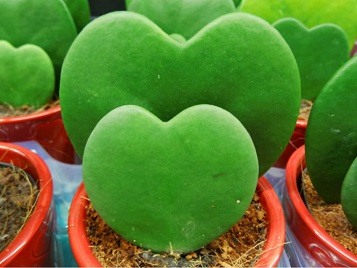
The species is also known as lucky hoya or sweetheart hoya. It is sold as a single heart leaf in a small pot. The bright emerald green color with round leaves makes it ideal as a valentine gift.
The thick and succulent leaves can grow up to 2.5-inch wide. The trails can reach up to 12 feet long. Propagating hoya kerrii is straightforward.
Growing and caring for hoya kerrii is easy after acclimation. The houseplant loves bright indirect sunlight and well-draining potting soil.
Hoya Lacunosa
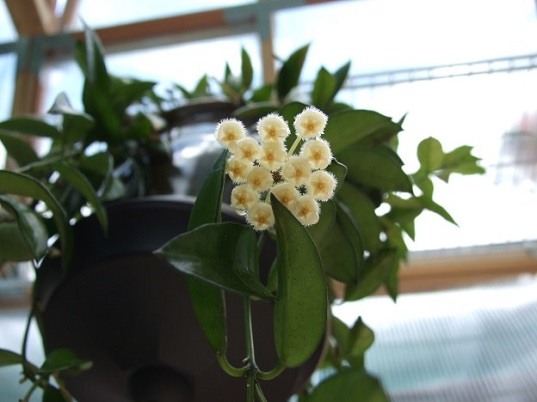
The species is also known as cinnamon hoya. Thanks to its cinnamon-scented flowers that can fill the indoor space. The fragrance is the reason behind the high price on the hoya varieties chart.
The set of leaves grow along the pliable stems. The small canoe-shaped leaves with redefined dark edges give this species a lot of popularity.
Lacunose is a low-maintenance houseplant ideal for beginners. It thrives in cold weather to grow up to 10-feet long. Schedule watering routine stimulates fast-growing traits.
This fragrant variety is common and readily available. It comes in several hybrids sold at a reasonable cost in garden centers.
You May Also Enjoy: How to Care for Dendrobium Nobile Orchid Plant
Hoya Multiflora
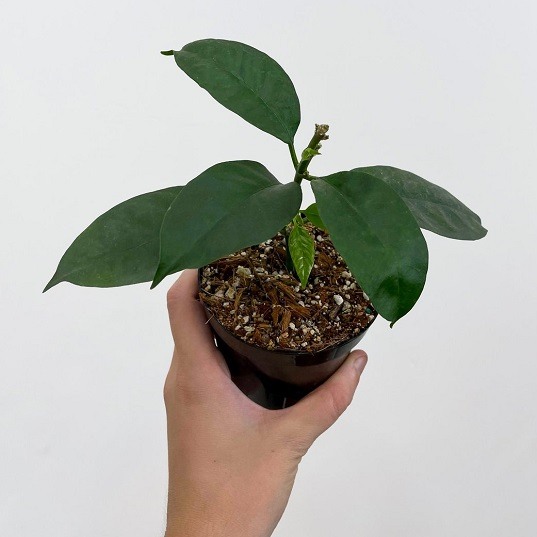
Multiflora comes with strong stems and thin leaves that bring tropical woodland vibes in any space. The deep green elongated foliages and a profuse cluster of blooms make the plant adorable.
The species is also known as shooting star hoya due to its swept-back white petals with yellow endings. The houseplant requires a simple care routine for successful growth.
It can tolerate low light and average humidity. Besides that, it requires more attention than other hoya varieties in the market. It is also among the rare hoya varieties.
Hoya Retusa

The hoya species features slim, flat, and stick-like leaves splaying out from the soil. The ends of the foliages look chopped off.
The hoya variety produces scattered white flowers with maroon pop out at the center. The houseplant needs low night temperatures and cold weather to bloom.
The charming and fast-growing character makes this hoya species appealing to many houseplant enthusiasts. But it might not appeal at first glance.
Hoya Obovata

It is the most popular hoya variety in the market. Thanks to its large and distinctive saucer-shaped foliages. Some cultivars have pink or silver variegation flecks scattered over the dark green leaves.
The star-shaped flowers have pink or pale purple colors with pink or red centers. The leaves tend to turn lighter in bright light intensity. But it is the easiest species to grow and maintained by novice gardeners.
Provide average humidity and stick to a strict watering routine. These care regimes allow the houseplant to flourish. Besides that, obovata is prolific and easy to propagate.
Hoya Wayetii

The hoya type has draping stems of cascading and canoe-shaped leaves. The species has some close similarities to kentiana, but the short and round foliages are the distinguishing factors.
The bloom occurs in clusters of striking plump flowers. Hoya wayetii thrives in well-draining soil and an environment with high humidity.
A mature wayetii marks a bold statement in a hanging basket. The variegated cultivars are the best option for beginners due to their ease of maintenance.
Hoya Caudata
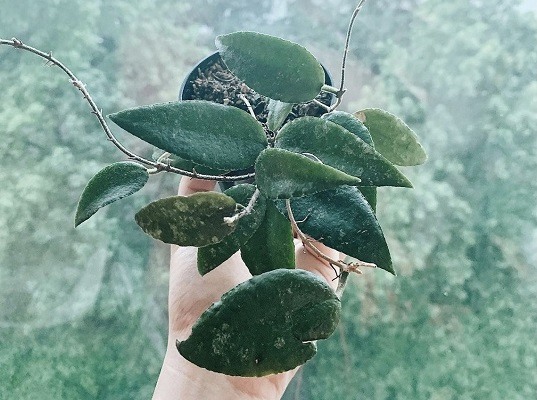
The green and semi-succulent foliages make this hoya species the most beautiful. The long and oval leaves with light-colored splotches are what make this cultivar incredible.
This maverick species has random patterns of silver blotches and fleck marks on its leaves. Its bloom occurs in clusters of white fuzzy stars with red centers.
The hoya Caudata thrives in an average humidity of 50% and consistent soil moisture. It also loves medium light and takes time to acclimate to a new environment.
Some of the common caudata cultivars are Sumatra, borneo, silver and big green. These cultivars are among the rare hoya varieties in the market.
Hoya Macrophylla
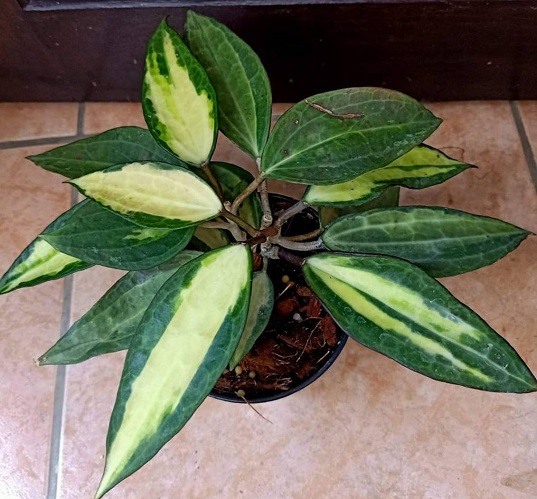
This large leaf hoya species is the most expensive in the market. The waxy, light green, and vein-patterned foliages are the reason behind the high price.
The prominent pale veins run longitudinally across a network of horizontal small veins on the foliages. Besides that, the pointed oval leaves have an attractive 3-D texture.
The eye-catching foliages usually outshine the species blooms. The houseplant can grow up to five feet with climbing support.
All the macrophylla cultivars thrive under indirect sunlight and at least 60% humidity. The cultivars with colored leaf margins are popular and readily available.
Hoya Shepherdii
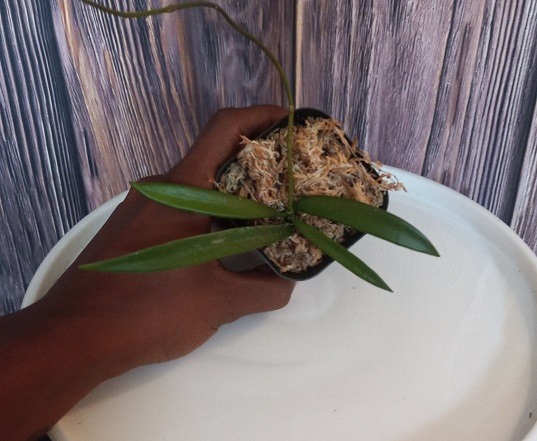
The species is also known as string bean hoya. Thanks to its long, semi-succulent, and ribbon-like leaves. The large and scented flowers have white coloration with a red core and pristine centers.
The hoya shepherdii require minimal care routine and can bloom easily. It thrives under a temperature range of 50-70oF. Besides that, it requires well-draining and slightly moist soil.
But the hoya species belong to slow-growing varieties that can adapt to average humidity. It looks stunning in a hanging basket and is ideal for adding to your hoya collection list.
You May Also Like: How to Care for Hoya Curtisii Plant
Hoya Memoria
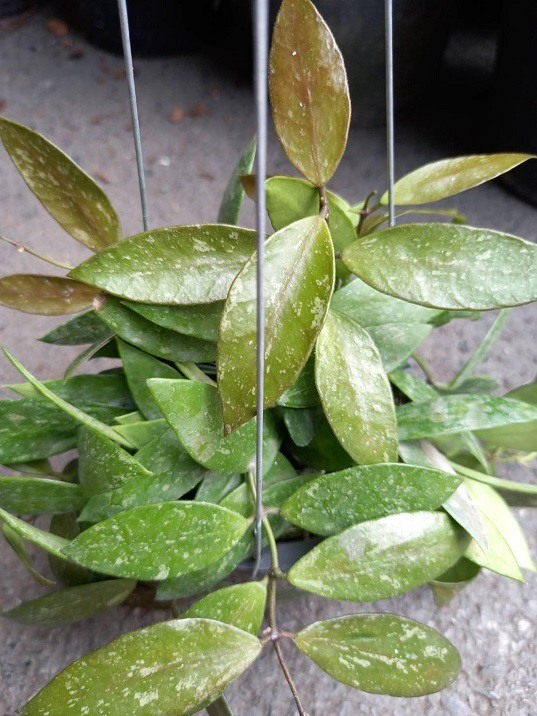
These clean-cut vein varieties have bright green and elongated oval leaves with waxy and light speckling variegation. Juvenile foliages have red hues, and the bloom is pink with red and yellow centers.
The hoya species is easy-going and ideal for beginners. The plant climbs with attachment support and can suit in hanging baskets. It blooms throughout the year under good indoor growing conditions.
The hoya memoria belongs to the rare hoya varieties chart. It is readily available under cuttings at an affordable price. Keep in mind that propagating hoya memoria is challenging.
Hoya Fitchii
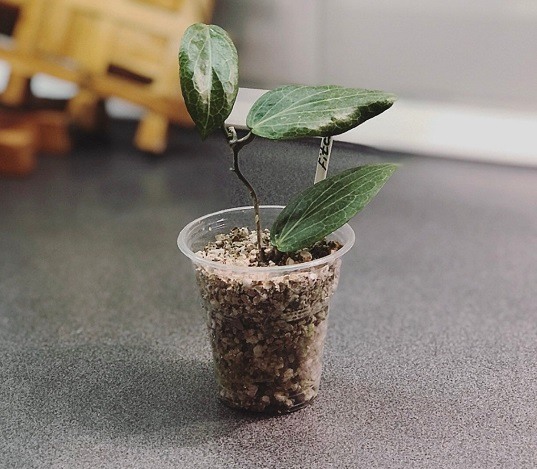
It is a beautiful vining hoya species that has pale foliages with webbed veins. The species produce copper-colored blooms with vibrant pink cores at the centers.
The fitchii colors are dynamics depending on the growing conditions. Some cultivars can have yellow and others orange to pink colors.
If you are looking for the easiest hoya varieties to grow, consider fitchii though it is slow-growing. It thrives in high humidity and slightly moist potting soil.
Hoya fitchii have high demand due to their popularity. They can be found in cuttings and small plants from online plant stores.
Hoya Burtoniae
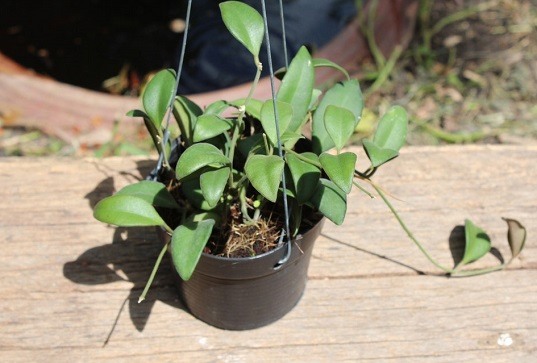
The species has compact and fuzzy leaves with mid-length veins. Burtoniae has olive-green foliages with red hues in bright light with dark borders.
The plant produces 15-20 flowers that have raspberry colors. Identify the hoya species using the fuzzy leaves to avoid confusion with hoya species affinity burtoniae.
The hoya variety is hardy and tolerant of harsh weather conditions. It can survive both indoor and outdoor under filtered sunlight.
Hoya Coronaria
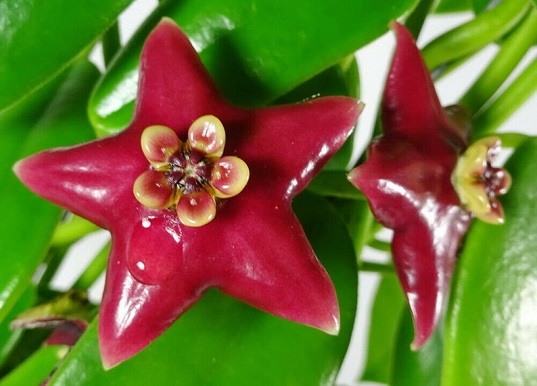
The species has large and paddle-shaped leaves with fuzzy coverings. The deep-green foliages with glaucous-colored stems make this plant adorable.
Besides that, the solid flowers with harden petals make the front look like an ocean starfish. The blooms have reddish-pink speckling with tinting that fades due to lighting changes.
This low-profile hoya variety requires more attention for successful growth. The thick stems can grow up to five feet long. The succulent leaves make the plant require less water.
You Can Also Like: How to Care for Spider Plant
Hoya Finlaysonii
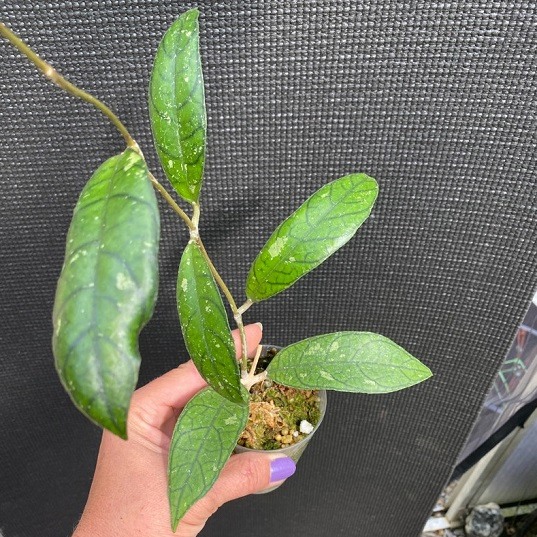
The cultivar is a designer hybrid with an upbeat veins pattern. The features like fuzzy foliages bring an exotic tropical vibe to any space. It provides several clusters of blooms with red centers that resemble gummy bear candy.
It is the most difficult hoya varieties to grow and maintain. It is also a slow-growing hoya type prone to root rot when grown in a damp environment. The good news is that the hoya species is available as rooted stems and cuttings.
Hoya Linearis

It has long, thin, and fuzzy foliages that resemble decorative green leaves. The lemon-scented bloom comes in a cluster of white with yellow or pink hues at the centers.
The hoya species love low temperatures at night and high humidity throughout the day. Low humidity levels cause curling and wrinkling of the leaves.
It belongs to the rare hoya varieties chart leading to high prices. Many plant stores are struggling to sell at a reasonable price from the cutting formats.
You Can Also Read: Beautiful Alocasia Varieties that You Would Love
Final Thoughts
Most hoya varieties are readily available in the market at an affordable price. Besides that, they require minimal care and attention to experience successful growth.
But these hoya types take a long time to acclimate to the indoor growing conditions. The houseplant will struggle to stay healthy during the initial stages.
I hope you have enjoyed my list of beautiful hoya types. If you’re looking to fill your house or office with a sweet scent, consider growing any of the above hoya species.
You Might Also Like: How to Care for Hoya Linearis
